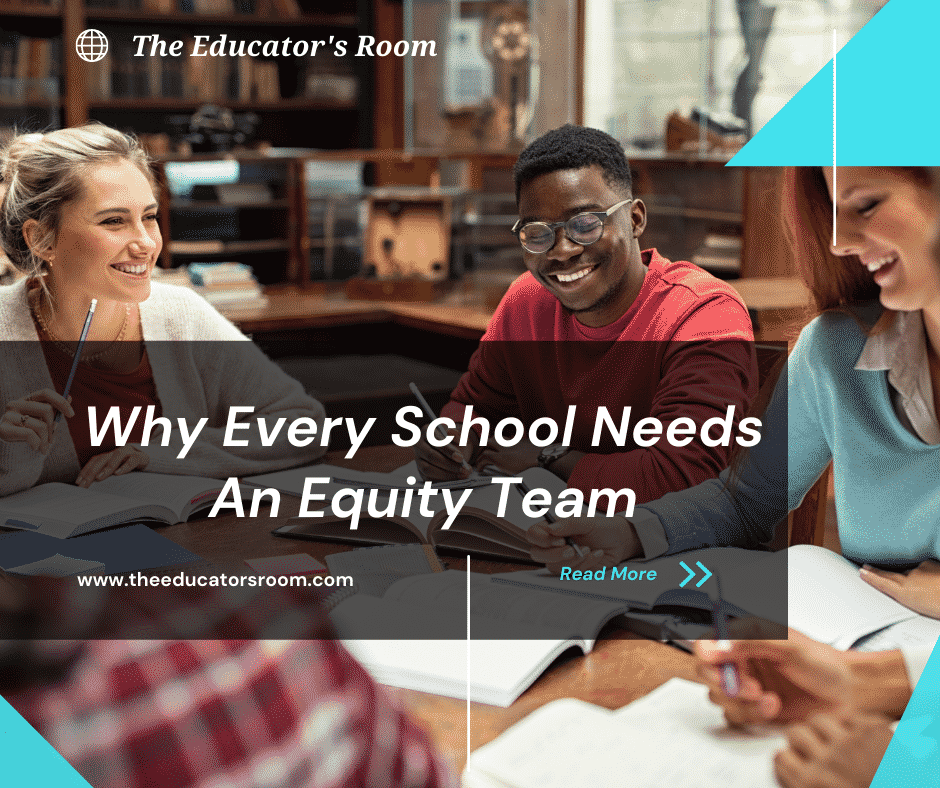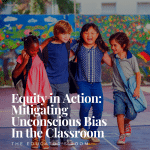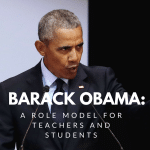Yep, Teaching is Still Political
As we get ready to start the year, the political tension of equity work is once again front and center. While Critical Race Theory is not banned in our state, the collective community temperature is boiling. In just the past few weeks, our district has experienced:
- A hiring and firing of a Diversity, Equity, and Inclusion director after his Facebook posts insensitive to conservatives surfaced. Over 200 white parents protested (complete with white women’s tears and questions of why we even need “equity” in the first place.)
- Daily phone calls and emails with questions to building staff over whether we are indeed, indoctrinating their children with CRT.
- Parents protesting the mask mandate at school board meetings.
- A school board member duct taping his mouth with our Governor and State Superintendent’s names and “Censorship” written across.
I don’t have the energy or expertise to combat the CRT hysteria here (check out Dr. Kate Slater and Dr. Angel Jones’s Instagram pages and the All of the Above podcast for just a few of my favorite resources).
And, as an equity team, we also know that it’s essentially fruitless to combat the culture wars around these topics. So, instead of feeding the frenzy’s flames, we are moving forward, regardless of what’s heating up around us.
Equity Audit
We realized that, sure, the work we do is informed by Critical Race Theory scholars. But, no more so than how my English curriculum is shaped by best practices and research in English Language Arts instruction.
The goal of equity in our building is to honor the dignity and humanity of everyone in our community. That necessitates digging into the history, structures, and systems that brought us to our current student outcomes.
That’s a lot to tackle, especially when it all seems equally urgent. But, we used the following categories to look at where we are in different areas.
- Culture: what are the beliefs, norms, values, traditions, and rituals have we built over time? Who do those include or exclude?
- Instruction: what is “good” instruction? How do we enable professional growth in ways that are in the best interest of students?
- Systems: who has access? Who does this exclude?
- Leadership: what voices lead? Who decides who leads?
Equity Goals
After debriefing the above categories, we were able to find some patterns and create goals, based on our discussion.
Audit: Our teachers can tend to self isolate themselves or become defensive instead of learning from colleagues.
Question: How can we create a culture that fosters vulnerability and peer feedback to help us grow in the best interest of students?
Goal: Students should be the center of our instructional practices, so formative assessment will be critical in determining the needs of our students after pandemic schooling. PLC time should focus on using our collective expertise and data to inform and support instruction. We know students are going to be in vastly different places academically, and more than ever, we need to meet them where they are.
- Restorative Practices:
Audit: Students, and adults, have experienced myriad traumas over the course of the pandemic and they are carrying those burdens into school with them.
Question: How do we center relationships, healing, and community culture to honor the humanity of everyone, especially those who are harmed by our traditional systems and expectations?
Goal: We want to shift the collective mindset of our staff from punitive to restorative. So, we are investing time and training to reimagine what discipline looks like in our building.
- Student and Family Engagement:
Audit: Families are distrustful of equity work and given the larger narratives in the media, they are unsure of our purpose and outcomes. Students are our best sources and they have experiences that are vastly different depending on their identity. They are our “why.”
Question: How do we amplify student’s voice and invite our community into this larger conversation about what’s best for student outcomes?
Goal: We are going to continue to bring students into our equity team, host a student equity summit, and grow our social justice club with input from the community members. We are reimagining what programs like open houses look like to invite in families we traditionally fail to reach.
Keep Going, Regardless of the Noise
Analyzing school culture and committing to increase student and family engagement is equity work.
Strengthening instruction and professional learning for student outcomes is equity work.
Building relationships and reimagining discipline within our unjust systems are equity work.
In the midst of media-driven chaos, we aren’t letting cries of “CRT!” derail the real work, and I hope you don’t either.






